The wristwatch has come a long way since the turn of the 20th century, and a new book tracks its developments through the decades.
Each chapter of Mara Cappelletti’s beautifully illustrated new book, The Style of Time: The Evolution of Wristwatch Design, details a decade of horological history. Spanning the 1900s through the 2000s, the volume chronicles the past century’s iconic watches — from the Cartier Tank in 1917, to the 1983 debut of the Swatch, to Patek Philippe’s 2001 Sky Moon Tourbillon, which featured 12 complications. Aviator Charles Lindbergh, the astronauts who walked on the moon, and Sean Connery — who wore the Rolex Submariner in the 1964 James Bond film Goldfinger — are some of the notable figures in the book’s wristwatch timeline.
Cappelletti delves into watchmaking practices, materials and decorative techniques, as well as the fashion styles and artistic movements of each decade. Having written a series of monographs in 2012 on the main brands, titled “Masters of Time,” she had the chance to work with many of the great haute-horlogerie houses’ archives and learn about their history and production.
“The path toward the creation of wristwatches coincided with the phases of scientific evolution, which allowed man to manufacture increasingly reliable timepieces that were also in tune with changes in customs, social needs and aesthetic canons,” the author tells Rapaport Magazine.
In selecting which watches, events and people to feature in the book, she looked for “models that changed the history of watchmaking, introducing technical or style innovations,” she says. “Another criterion…was the storytelling linked to a specific object — its relevance in a given historical moment or for a specific person.”
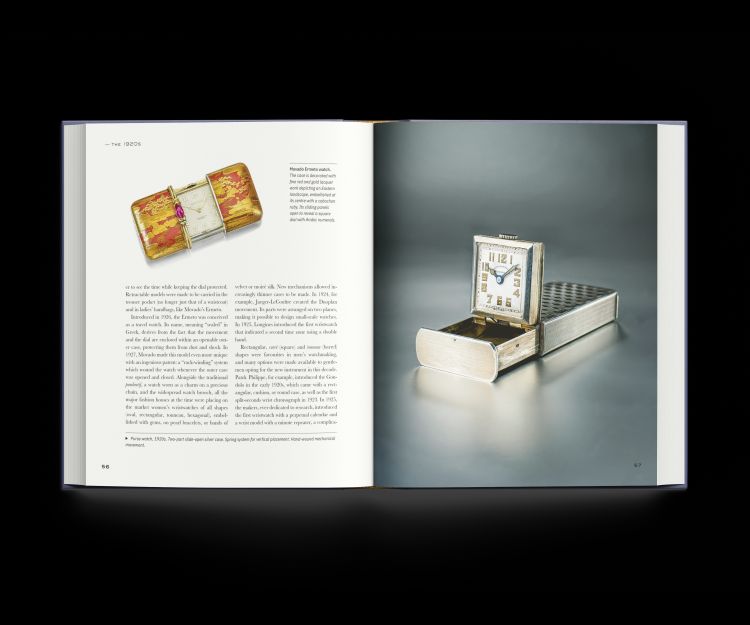
Complicating matters
“Often, a watch goes a lot further than simply telling the time,” the author explains. “Complications such as moon phase, equation of time, tourbillon, or minute repeater, [which were developed in] the past, are still among the most interesting key features of modern high-end horology. What changes is the technical design…[the combination of] different complications to create timepieces of refined craftsmanship.”
Watchmakers use the most valuable decorative arts — such as enamel, engraving, embossing or stone-setting — to embellish cases, lugs and dials, continues Cappelletti. “In some decades, such as the 1980s, diamonds and precious stones play a major role in the sport-style jewelry watches that became very popular, more with men than women. The luxury trend of the 1990s and 2000s is defined through the use of precious stones on the dials and bezels, in combination with traditional materials such as platinum or white gold, but also [new ones] such as titanium and aluminum.”
It’s amazing to contemplate what has been accomplished in just over a century, Cappelletti reflects, including “how relevant [the wristwatch] has become for gentlemen’s style.” However, what especially struck her was “the ability of Swiss manufacturers to recover” after Seiko introduced its Astron wristwatch with a quartz movement in 1969 — a development that led many buyers to abandon mechanical models.
“The so-called ‘quartz crisis’ [of the 1970s] affected the entire mechanical watch industry and almost brought it to its knees,” she relates. However, the Swiss manufacturers were able to focus on improved mechanical technology and a successful sales and marketing strategy that helped parlay high-end brands into a symbol of quality and status.
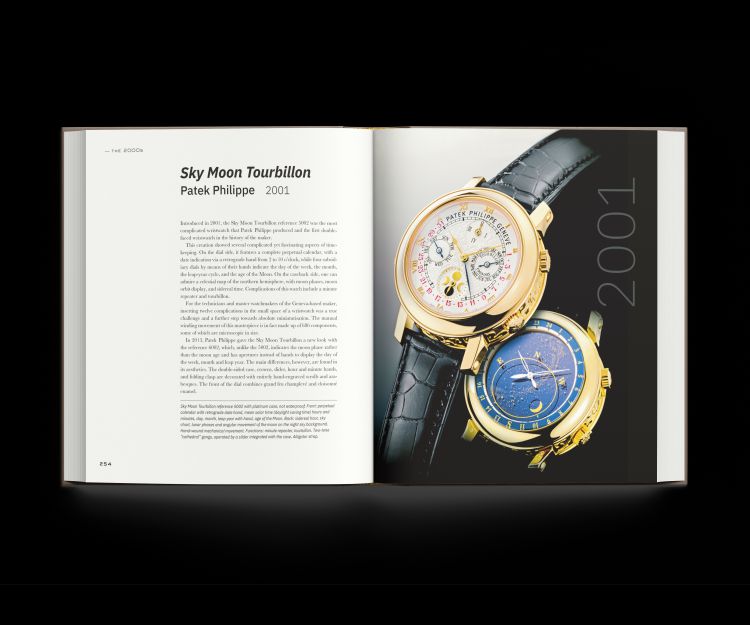
Collectible treasures
Since the late 1970s, the investment market for watches has seen immense growth, Cappelletti reports. “Watches have hugely increased their value through the years.”
Wristwatch collector markets are thriving and have become an asset for many auction houses, she says. “People purchase luxury watches for several reasons, but in general to own and wear a timepiece that means something to them. All watches that reach top sales at an auction have a powerful heritage, and all main brands — from Rolex to Patek Philippe, from Vacheron Constantin to Omega, but also Audemars Piguet, Jaeger-LeCoultre and Breguet, to name just a few — feature a fascinating story. After all, design is the main form of art of the 20th century, and a watch is a wonderful example of design.”
Watches are universal products, she remarks, so their value is recognized all over the world. “Condition and rarity are particularly important. Prototypes, for instance, are highly valued because of their rarity. Provenance is also a factor that contributes to increasing the value of a watch.”
Cappelletti’s goal in writing the book was to create “a narrative that spans the years and illustrates the development of the wristwatch in terms of technique, design [and] use,” she explains. Far from being a catalog, The Style of Time addresses a wide audience — not just watch enthusiasts, she says, “but also people interested in the development of one of the most exciting industries.”
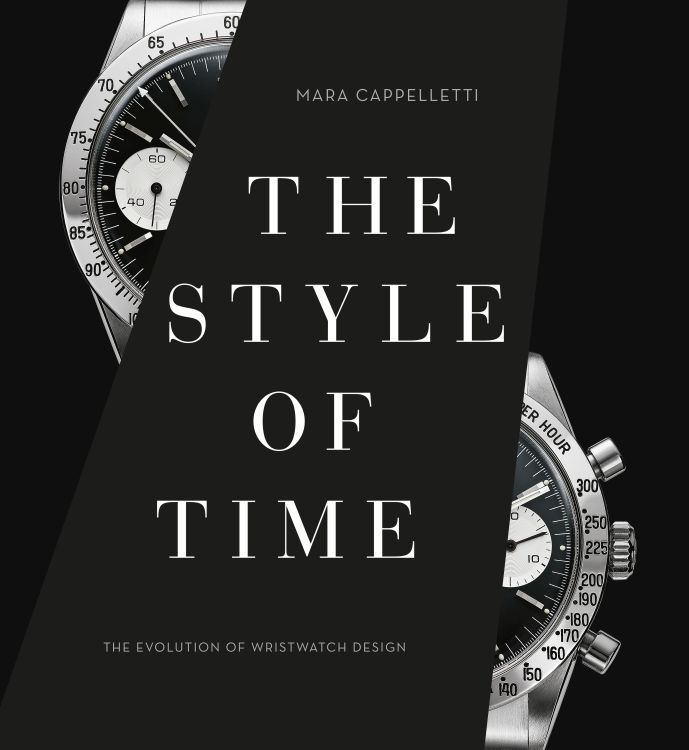
Main image: Jaeger-LeCoultre Reverso watch, created in 1931. (Jaeger-LeCoultre)

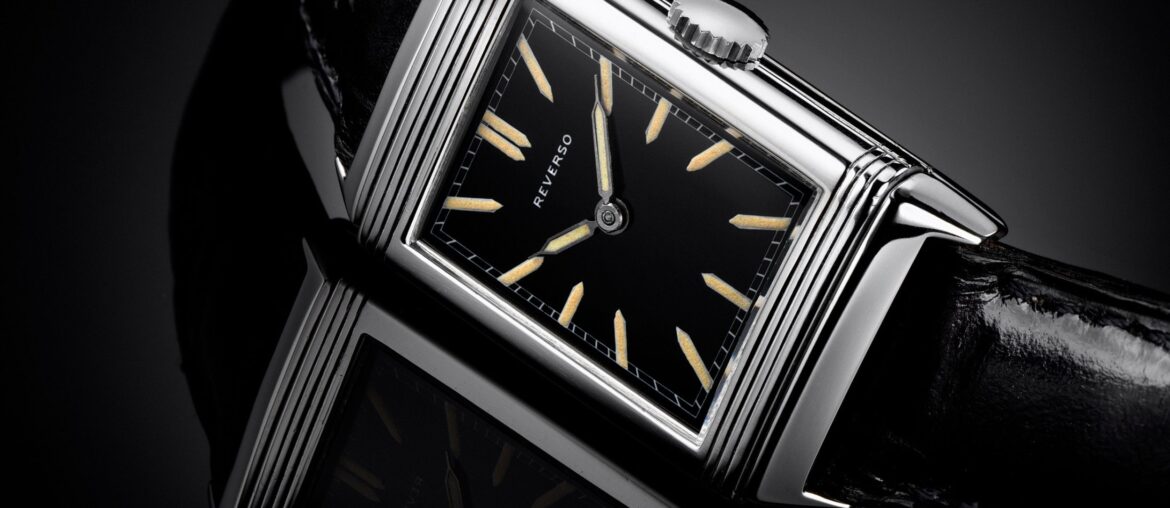

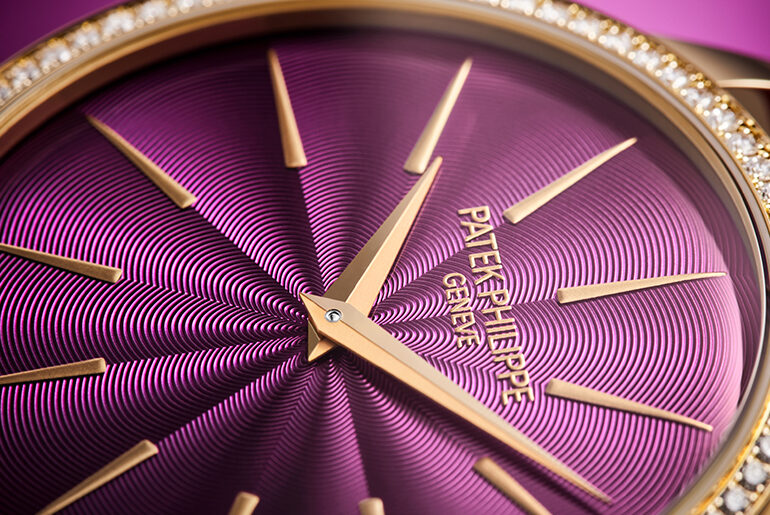
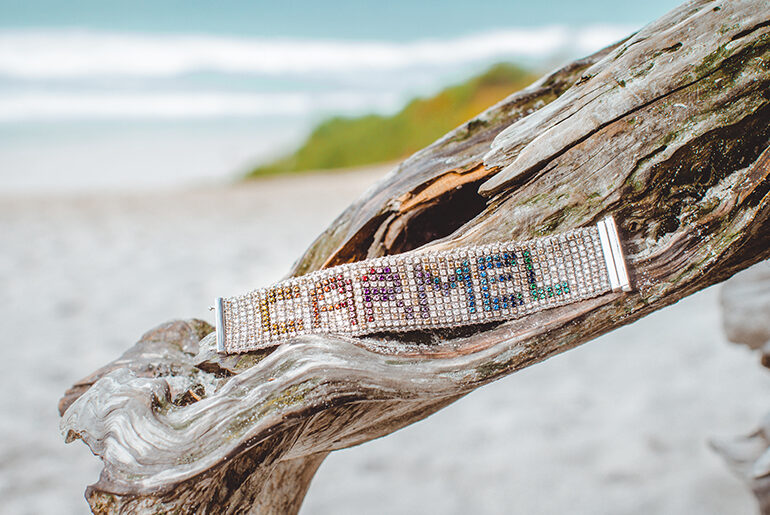
Comments are closed.